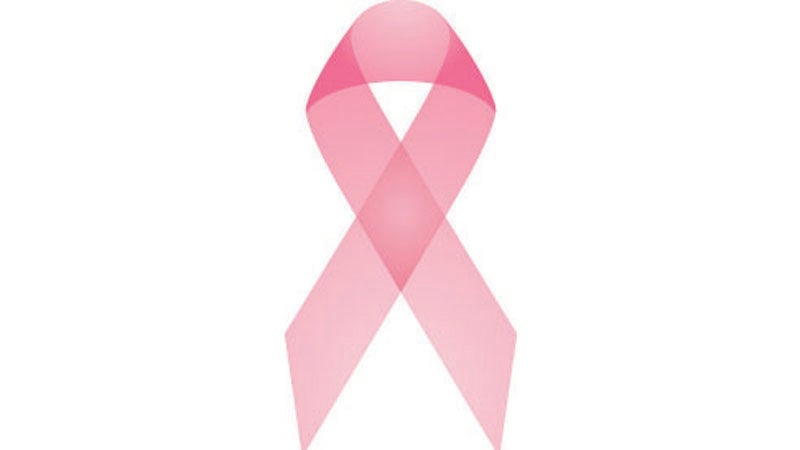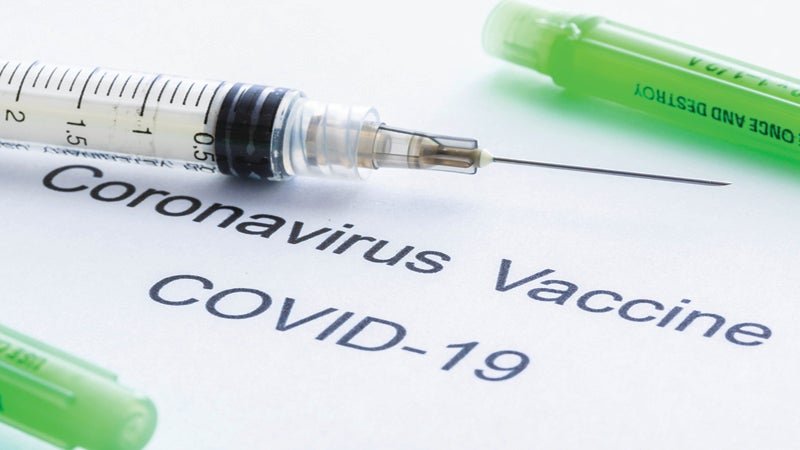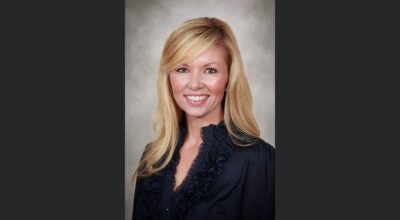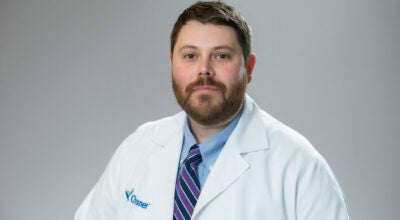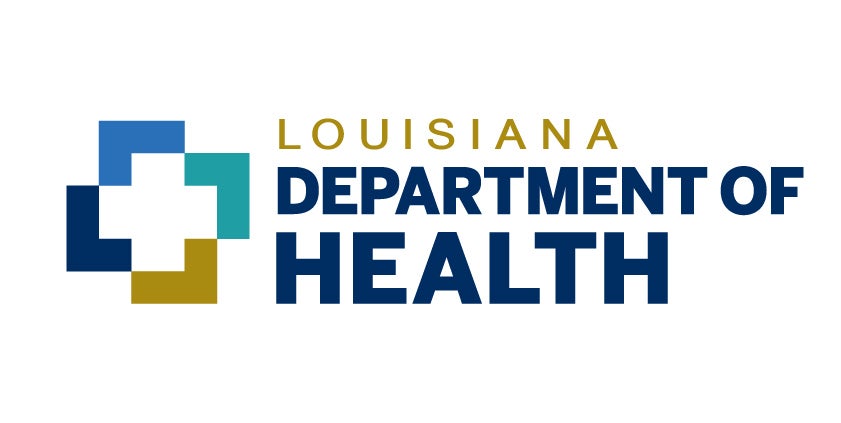Breast Cancer Awareness: Local family nurse practitioner encourages screenings
Published 8:49 am Saturday, October 30, 2021
|
Getting your Trinity Audio player ready...
|
LAPLACE — The American Cancer Society estimates that about 43,000 women will die of breast cancer in 2021. It is also estimated that 1 in 8 women, roughly 13%, will be diagnosed with invasive breast cancer over the course of their lifetime.
Local family nurse practitioner Kawanda Parquet-Dixon said screening tools are the best route to early detection and increased survival rates. She added that screening opportunities are accessible, even for those who are uninsured or underinsured.
Parquet-Dixon recently sat down with St. John the Baptist Parish President Jaclyn Hotard for a Q&A to round out Breast Cancer Awareness Month 2021.
“Most of us know someone who has either battled cancer, is currently battling cancer, or who has lost the battle with breast cancer,” Parquet-Dixon said. “To be breast cancer aware, we must understand our own individual risk, and we must also know the proper screening tools.”
Some breast cancer risk factors such as tobacco use, weight and alcohol consumption can be controlled, while others, including aging or genetics, can’t. Parquet-Dixon said a great online tool is available at www.cancer.gov/bcrisktool/ to help people identify their individual breast cancer risk.
Parquet-Dixon said there are several types of screenings for early detection, including mammography, clinical breast exams and self-breast exams.
“Up to 40% of breast cancers are discovered through self-examination,” Parquet-Dixon said. “It’s best done in the shower or the tub when the breasts are wet. You’re not only feeling for nodules. You want to look and make sure your skin looks normal, that the color is good, that there is no dimpling of the skin. You want to make sure your nipples are not inverted, unless you were born like that. You don’t want to see any nipple changes or drainage.”
During a self-exam, women should also check for any swollen lymph nodes in the armpit area.
Clinical breast exams are done annually or biannually with a doctor. Parquet-Dixon recommends regular clinical breast exams starting at age 25 and mammograms starting at age 40, though mammograms may start sooner for individuals at an increased risk for breast cancer.
“Mammograms can show tumors that are very tiny, that you would never be able to feel by hand.
My sister had her breast cancer diagnosed that way. The surgeon could not even feel the tumor, but it was there, and the mammogram picked it up,” Parquet-Dixon said.
Parquet-Dixon has spoken with several patients who put off having a mammogram due to a lack of access to insurance, and she wants to raise awareness for the screening opportunities available in the community.
She said Mary Bird Perkins Cancer Center offers free mammograms at various locations around the region. A calendar of screenings is available at marybird.org.
“There are also your community health centers. Access Health has community health centers in Norco, Luling and other areas. They see patients insured and uninsured. There’s no excuse not to get your mammogram and breast screenings,” Parquet-Dixon said.


